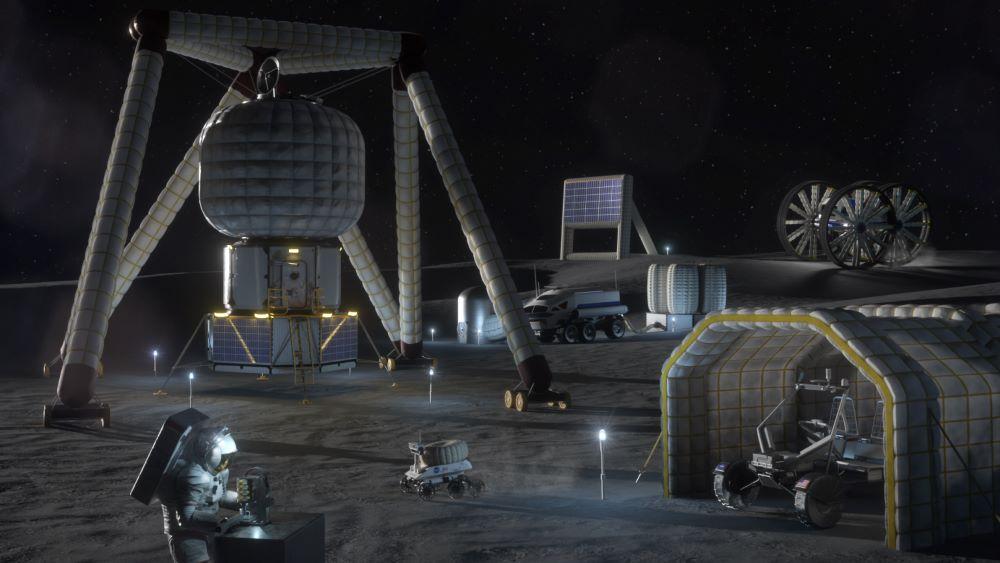Lunar Development Cooperative May Set Stage For Profitable Exploration

Credit: NASA
HOUSTON—A senior advisor at the DGA-Albright Stonebridge Group is leading initiation of a for-profit Lunar Development Cooperative (LDC) concept for future human operations on the Moon’s surface—activities with a potential for economic growth. The effort is intended to reduce risk and cost as well...
Subscription Required
Lunar Development Cooperative May Set Stage For Profitable Exploration is published in Aerospace Daily & Defense Report, an Aviation Week Intelligence Network (AWIN) Market Briefing and is included with your AWIN membership.
Already a member of AWIN or subscribe to Aerospace Daily & Defense Report through your company? Login with your existing email and password.
Not a member? Learn how you can access the market intelligence and data you need to stay abreast of what's happening in the aerospace and defense community.





